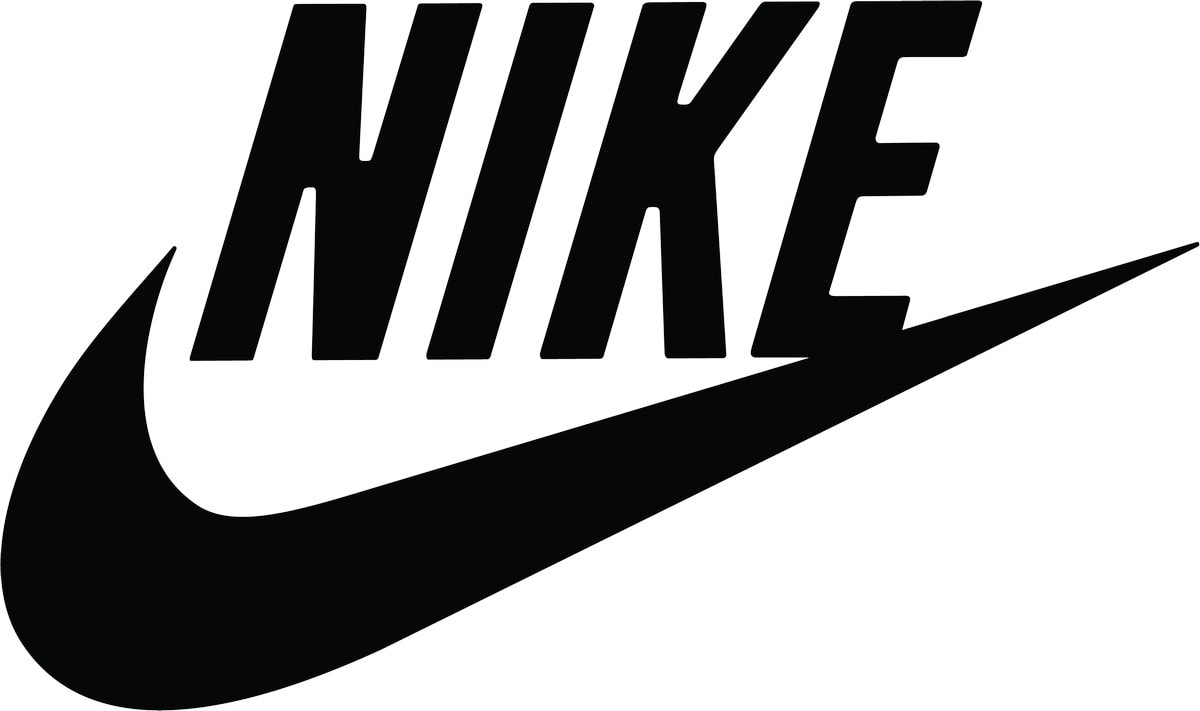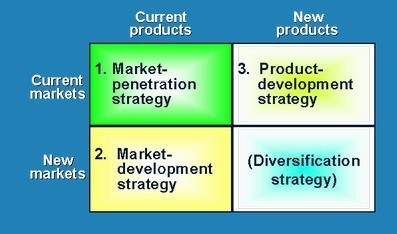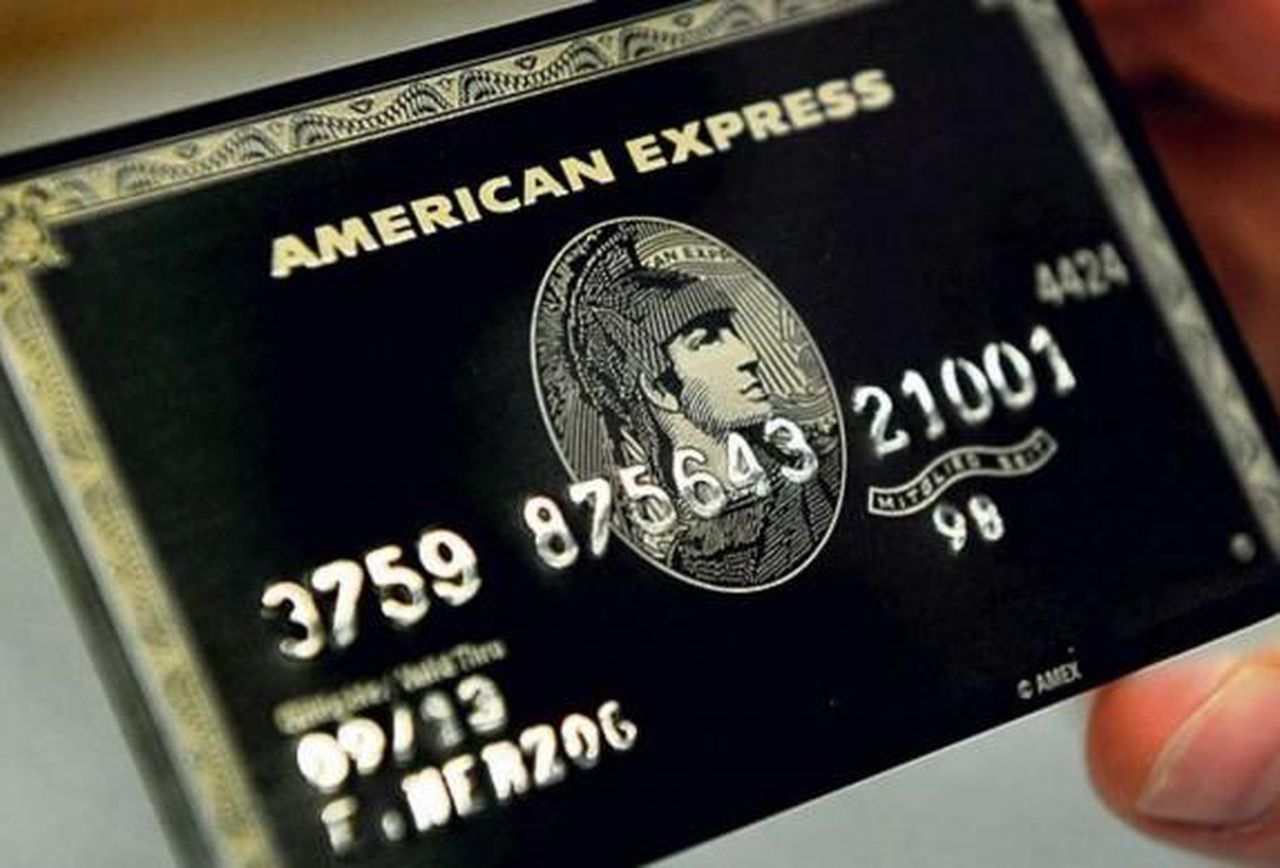
Marketing Strategy of Nike - Nike Marketing Strategy
Marketing Strategy of Nike – Nike Marketing Strategy
Founded in 1967 Nike has emerged as the most preferred footwear company for the athletes. However, over the period of time, it extended its product line to apparels and accessories like clothing, socks, digital devices, eyewear, and equipment for sports. Nike has achieved compounded annual growth rate (CAGR) of 11% for the period of 5 years i.e. 2011-15 and revenue of $ 30,601 million.
Table of Contents
Segmentation, targeting, positioning in the Marketing strategy of Nike –
Nike uses psychographic segmentation variables to make its offerings more attractive to the target customers. It uses separate campaign or strategy to cap the market potential of the different segments.
Targeting is the important aspect of the marketing strategy, especially when a company is in different businesses. Being present in footwear, sports equipment, clothing and many others Nike uses differentiated targeting strategy.
Product and usage-based positioning are used by Nike to create the image in mind of the consumers.
Marketing mix – Here is the Marketing mix of Nike.
SWOT analysis – Here is the SWOT analysis of Nike.
Mission- “To bring inspiration and innovation to every athlete in the world”
Vision- “Not Available”
Tagline-“Just do it”
Competitive advantage in the Marketing strategy of Nike –
Outsourced Manufacturing Units: Nike receives footwear from more than 140 factories located in 13 countries across the globe. Outsourcing of the manufacturing helps the company in keeping its operational cost low and at the same time focus its competencies on sales and marketing activities to drive the sales.
Strong product portfolio: Nike have strong product portfolio as being present in various interrelated business segments is helping the company in retaining its customers and provide a bundled products to them. Nike has subsidiaries such as Converse, Hurley and Jordan for driving growth with the help of the different brands.
BCG Matrix in the Marketing strategy of Nike –
The Nike brand and its offering are Stars in the BCG matrix while Converse, Hurley and Jordan are the question mark in the BCG matrix due to their presence in the limited countries.
Distribution strategy in the Marketing strategy of Nike –
Nike distributes its products worldwide through different channels such as resellers, supermarkets, e-commerce sites, retailers, licensees and company-owned outlets. There are 697 Nike brand factory stores, 106 inline stores and 99 converse stores and 29 Hurley stores globally.
Brand equity in the Marketing strategy of Nike –
Nike is the well-known brand globally and its association with the various sports events such as Cricket world cup, FIFA cup, Olympics and many others has helped the company in creating high TOMA (top of mind awareness) and brand pull.
Competitive analysis in the Marketing strategy of Nike –
The apparel, athletic footwear and sports equipment industry are highly competitive due to the presence of a large number of local and international players. Nike competes with the company like Lululemon, Puma, Adidas, V.F Corp., athletic UNIQLO and many others. The demand graph is shaped by variables such as the change in the fashion, technology, taste and preferences of the customers. Factors such as quality, performance, reliability, competitive pricing, connect with the consumer plays the critical role for the companies operating in this business. Here are the Top Nike Competitors.
Market analysis in the Marketing strategy of Nike –
Business segments in which Nike operates has a large number of local & national players. The major threat to Nike is the imitation that goes hand in hand in various markets which are affecting its revenues and businesses. Also, Nike is in the industry which is by and large affected by the product life cycle which means that sometimes it’s very difficult for the company to respond to the fad timely.
Customer analysis in the Marketing strategy of Nike –
Customers of Nike ranges from individual customers to companies. Nike targets customers from different age groups and middle / upper-middle or upper-income social groups.









